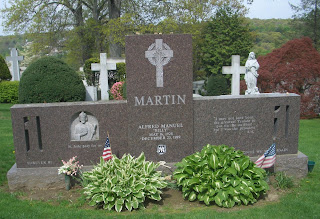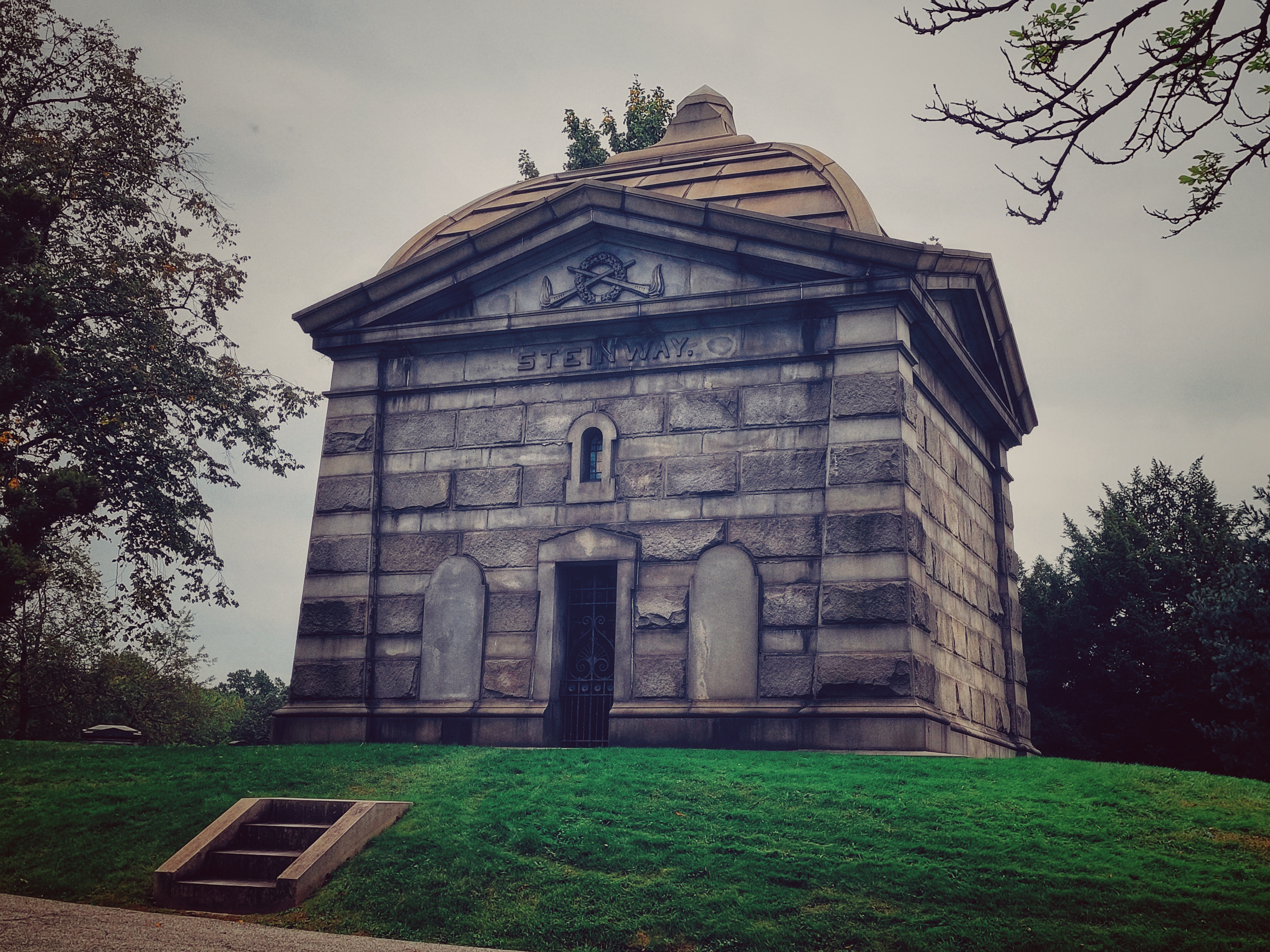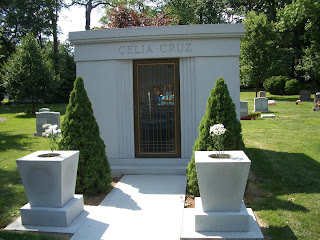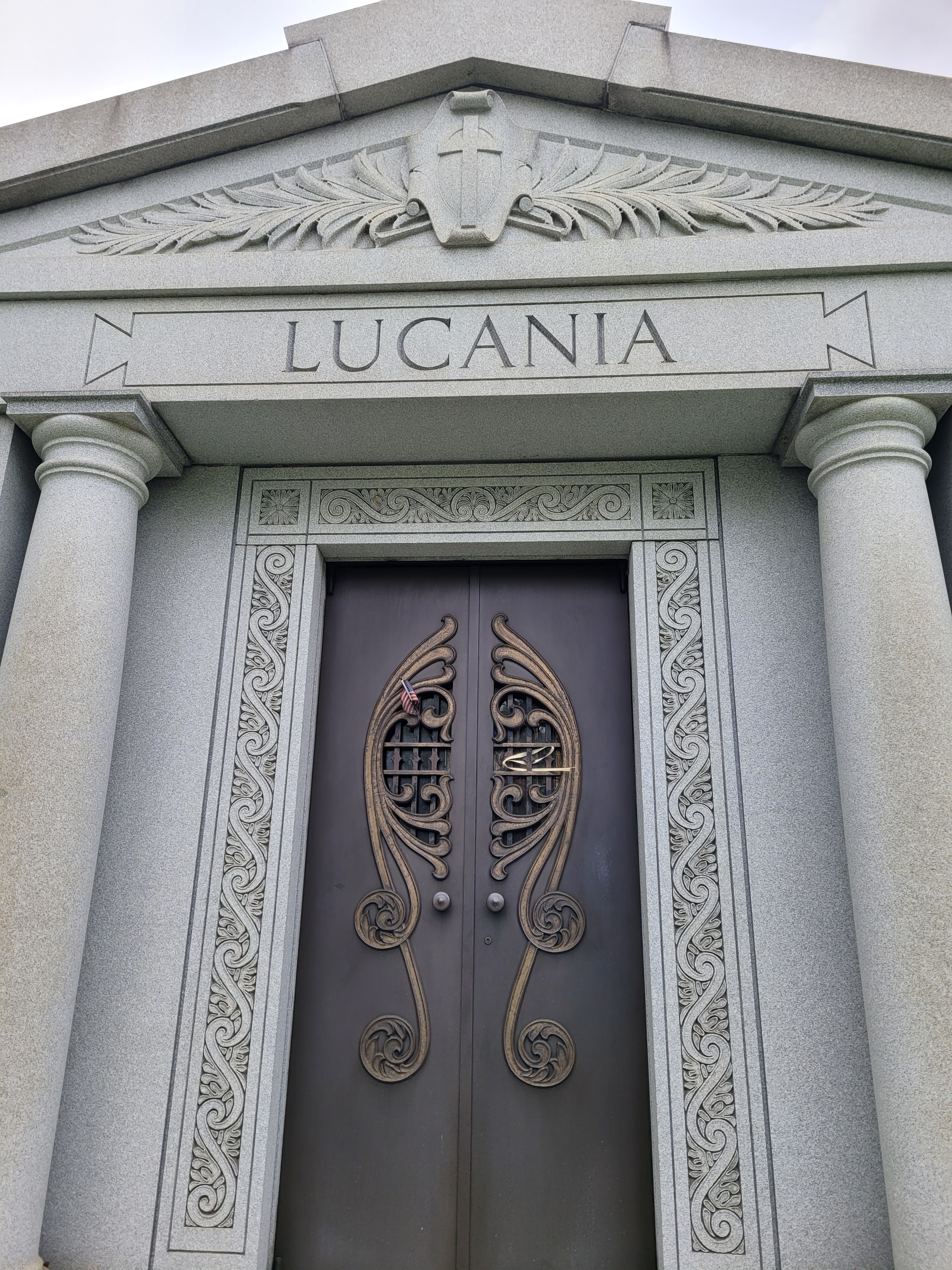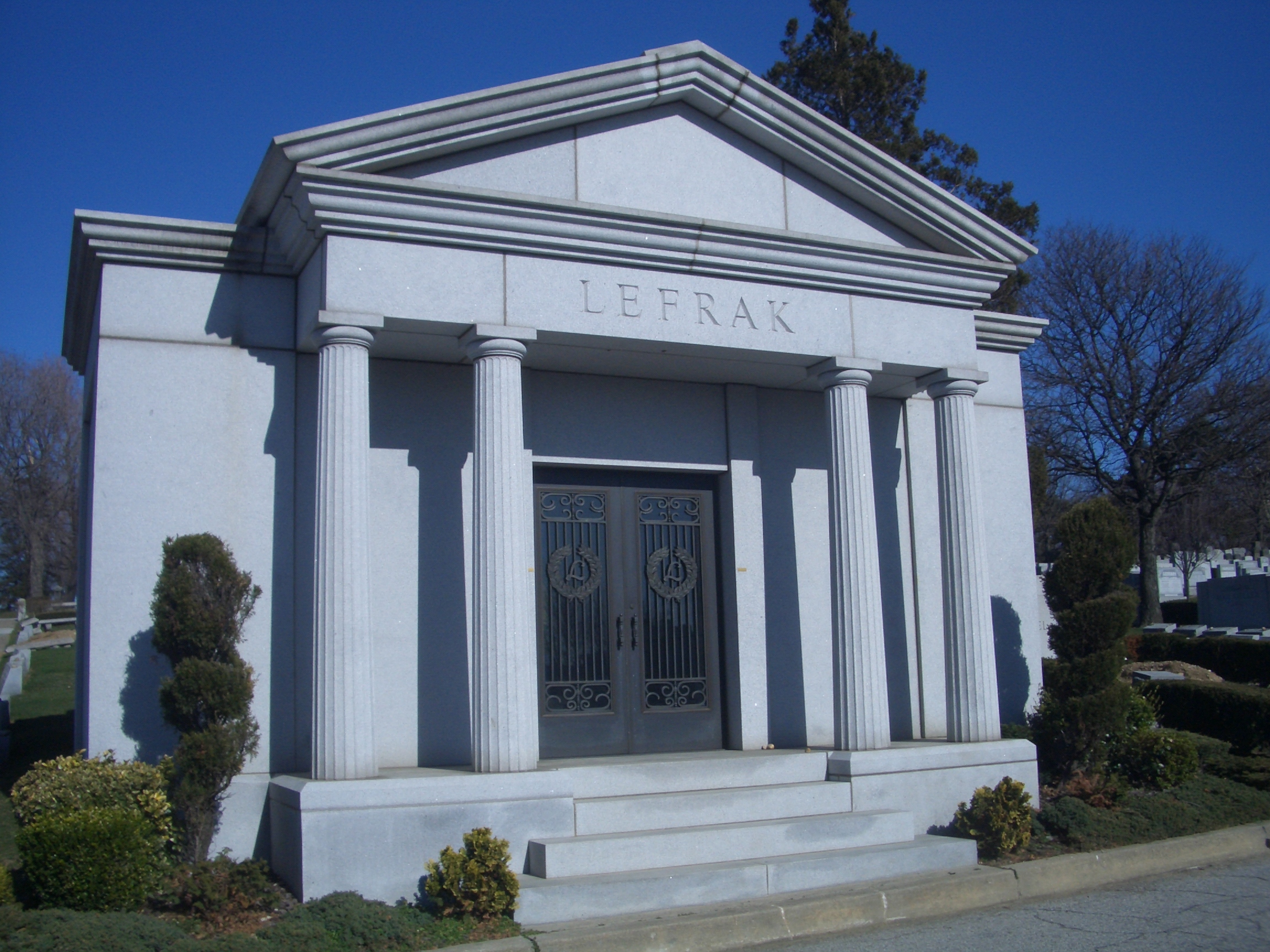Hotel Magnate Julius Manger

This spectacular Renaissance Revival domed structure was designed in 1927 by architect Franklin Naylor. Built at a cost of more than $260,000, it boasts an authentic Tiffany stained glass window with a religious theme. Naylor considered this one of his most intricate works and the largest private mausoleum in America. For these reasons, he published a pamphlet about the mausoleum’s construction. Initially built for Dominico Dumbra -- the proprietor of a winery during prohibition -- the building was sold to hotel magnate Julius Manger in 1935. Manger, who graduated from Tulane University Law School, practiced law for a time before partnering with his brother, William, in real estate. Beginning their new venture in Galveston, the pair later relocated to New York City, where 500 homes were built under their watch in Bay Ridge, Brooklyn. Soon after, the brothers began their successful acquisition of hotels. Their holdings eventually included luxury hotels in Chicago, Boston, Washington, an...



